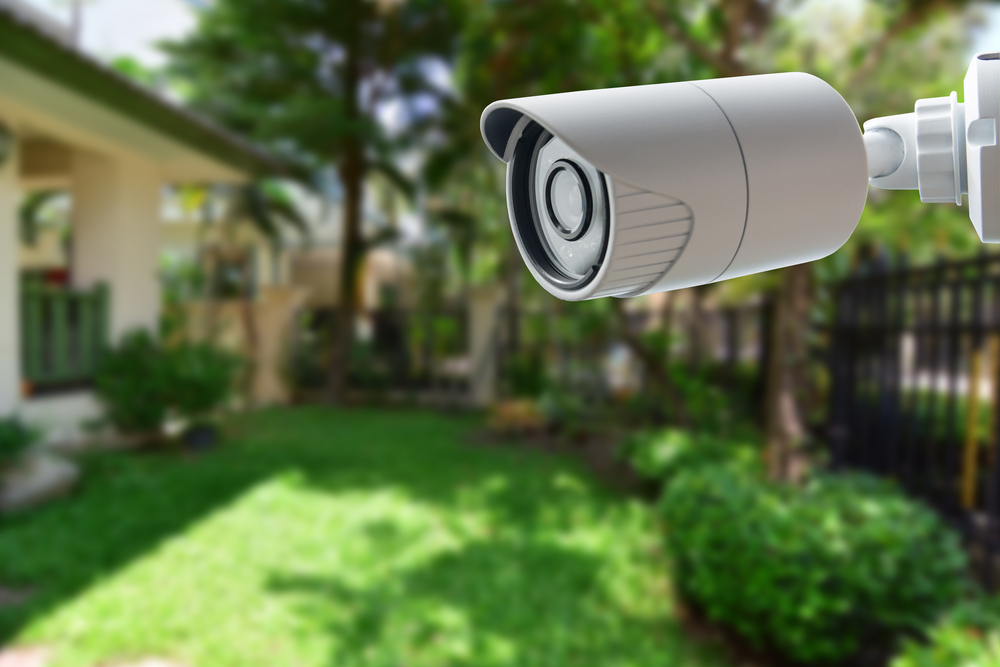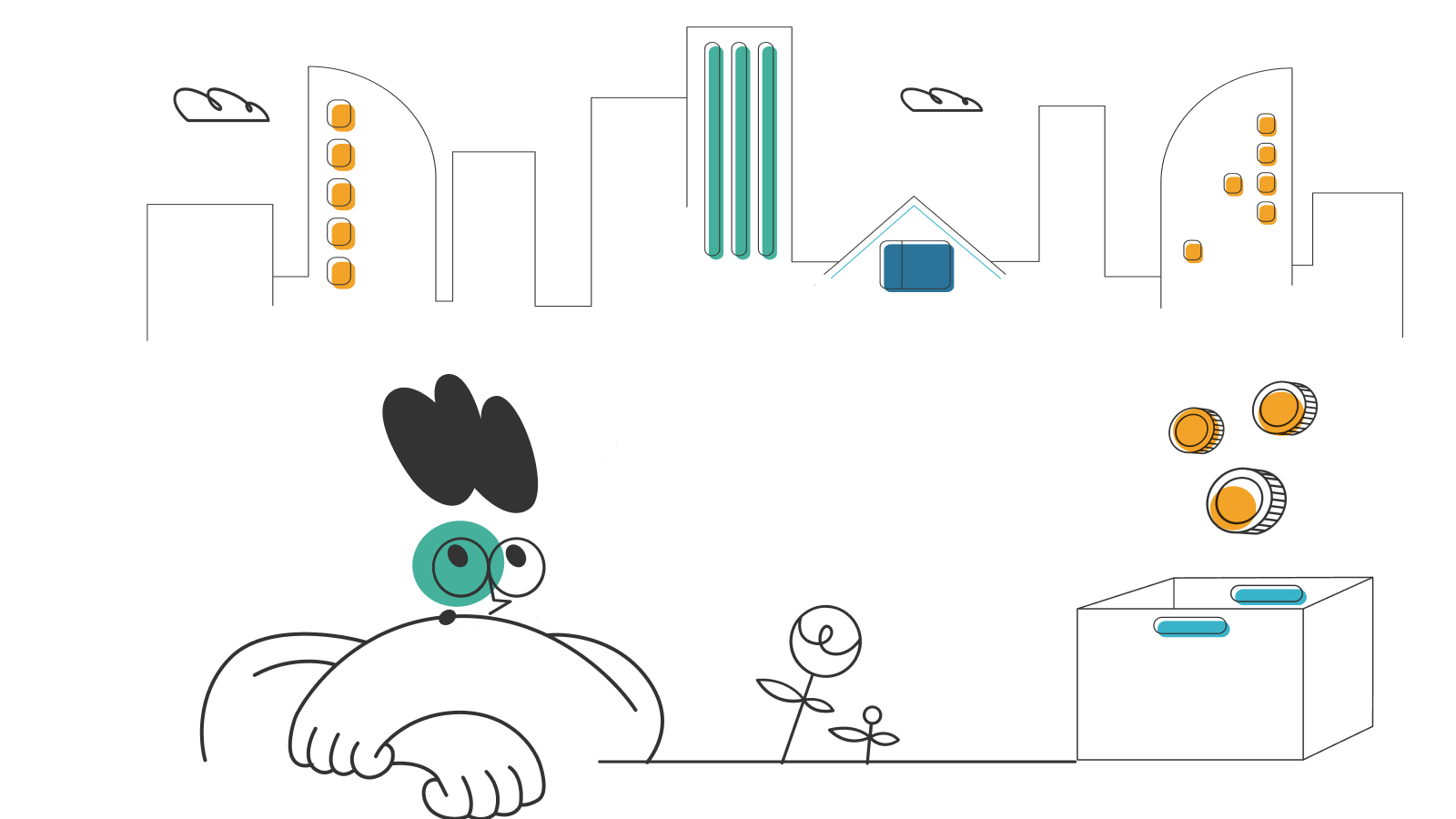A Guide to Gigabit Internet

As early as 2019, most homes in the United States had access to gigabit internet from their internet service provider (ISP). In fact, since 88% of homes in 40 US states have access to gigabit internet speeds since 2019. These high rates of availability can be attributed to a 98% decrease in the price per megabit from $28.13 in 2000 to $0.64 in 2020.
You can find gigabit internet speeds from cable and fiber ISPs, and for most internet providers it is one of their top-tier plans. While gigabit internet speeds are advertised to reach rural areas, densely populated towns and cities are where the network can handle large amounts of gigabit bandwidth.
This guide covers the specifics of gigabit internet, including how to prepare for a gigabit internet speed upgrade and some of the ideal situations that benefit from gigabit internet speeds.
- What is gigabit internet?
- Preparing to use gigabit internet
- What can you do with gigabit internet?
- What are the best gigabit internet plans?
- Frequently asked questions (FAQs)
What is gigabit internet?
Gigabit internet is an internet connection that can reach speeds of at least 1000 megabits per second (Mbps) which equals one gigabit per second (Gbps). Faster internet bandwidth, especially those with speeds above 2Gbps, is known as multi-gig internet. You are more likely to find symmetrical gigabit internet through fiber, which means upload speeds are just as fast as download speeds. In comparison, cable providers might deliver gigabit internet with download speeds of 1000Mbps, but their upload speeds are much lower, averaging between 20 and 50Mbps.
Gigabit internet is ideal if you plan to share your connection with a lot of people or spend a lot of time doing data-intensive activities online. With gigabit internet, you are guaranteed faster load times without excessive buffering, among other bandwidth-related benefits. However, if you live alone or don’t have that many people to share your internet with, you can save money by shifting to a lower data plan. In most cases, an internet speed of 100Mbps can handle a substantial number of data-intensive users.
When purchasing gigabit internet, you need to be aware that most internet service providers advertise and sell gigabit bandwidth that is shy of 1Gbps. Most ISPs use gigabit Ethernet cables that connect a modem to a router, but have a maximum speed between 800 and 950Mbps due to device interference, among other factors.
You can run an internet speed test to ensure you are getting the gigabit speeds you are paying for. For accurate results, close any active browser tabs and apps. Run the test multiple times in a day to get an average result since internet speeds fluctuate throughout the day.
Preparing to use gigabit internet
Upgrading to gigabit internet speeds might not work out the way you plan if your equipment will not be capable of handling the connection. Before making the switch, ensure that all your devices are ready to maximize the benefits of gigabit internet speeds. To prepare for an upgrade, you should follow these steps:
Set up quality wired connections
Wired Ethernet connections work well with gigabit internet speeds since they are more reliable and have less interference than wireless connections. To maximize the benefits of gigabit internet, ensure your wired connection is set up correctly, particularly focusing on the connection from your modem to your router.
Fortunately, most of the Ethernet cables manufactured in the past few years are within the gigabit speed range. However, if you have an outdated router or other wired devices, it could be using an older connection that will not handle the new gigabit bandwidth. In that case, the router usually bottlenecks your entire network to speeds it can manage. Ensure that your Ethernet cables are at least Cat 5e or higher for a smooth internet connection.
Most modern routers claim to have the ability to handle multiple gigabit internet connections through several different ports. If you are only looking for a router with a single port for gigabit bandwidth, many brands offer high-quality devices. However, if you are planning to have multiple gigabit connections, you have to ensure the gateway or router has gigabit-rated ports. For example, the TP-Link Archer AX6000 has nine gigabit Ethernet ports to support multiple wired connections.
Ensure your devices support the latest Wi-Fi standard
If you are not using a wired Ethernet connection on a particular device, it would be best if you check what Wi-Fi standards it supports. The latest release was 802/11ax, officially changed to Wi-Fi 6, which improves wireless speeds, adds new device pairing abilities, supports new compression technologies, and offers better security. The new standard is ideal for people looking for the highest possible speeds.
The main drawback of Wi-Fi 6 is that devices like phones and laptops have to support the new standard for all its features to be effective. Most devices launched in 2021 support the new standard, but you might have to consider upgrading devices if they are older than that. PC users can upgrade their systems with a new Wi-Fi card to solve the problem.
If you are not interested in upgrading your router or devices, confirm that the devices at least support the 802.11ac standard. The standard has been around for a few years, and only the oldest routers won’t have it. However, you need to consider that a new router has more advanced features and faster speeds thanks to its newer components.
Set up your router’s 5GHz band
Most modern routers are dual-band meaning they typically support the 2.4GHz and 5GHz bands. While it may not have a huge range compared to the standard 2.4GHz band, 5GHz offers less noise or wireless tech chatter. This means the 5GHz band can offer a more precise signal, helping you reach that gigabit internet speed.
During setup, dual-band routers insist that you create and name a 5GHz channel. You also need to know how to use the 5GHz band because you can default to the 2.4GHz band out of habit. This can seriously downgrade the performance of your connected device. Fortunately, modern routers have software that automatically switches between bands to ensure you have the best connection.
Update operating systems and firmware
If your router or gateway supports gigabit internet speeds, has the latest Wi-Fi standard, and the 5GHz Wi-Fi band is already set up, then you are in luck. However, check that the device’s firmware is up to date to ensure everything runs without any glitches.
You can log into your router’s admin panel to update your firmware. Once you have access to the router settings, follow the instructions for upgrading the device. If you have turned on automatic updates for your router, then you don’t have to worry about this procedure.
While at it, consider updating all your other devices, especially if you have constantly been ignoring update notifications. Most of these updates usually focus on the operating system’s functionality, efficiency, and general performance.
Run speed tests to locate weak spots
Before upgrading to gigabit internet speed, you may want to test your current internet speed on the devices you use most often to connect to the internet. This helps you find a baseline that you can use to compare to the new upgrade.
It is important to note that while most ISPs will advertise their connections can reach gigabit internet speeds, real-world speeds will not be that high. If you can get speeds between 800Mbps and 900Mbps, that is in the expected range for gigabit speed. However, if your internet speed does not change that much and reach those levels, you should investigate to find what is causing the bottleneck.
When testing your current internet speeds, you can also check if there is a difference between a wired and a wireless connection. If there are substantial differences, you can decide which device needs to have a wired connection for optimal performance. During the test, you can also identify dead spots in your premises that need to be addressed using extenders or other techniques.
What can you do with gigabit internet?
With gigabit internet speeds, you have higher bandwidth which means you can download large amounts of data much faster. Gigabit speeds are often ten times more than the average speed of broadband and there are many activities that are ideal for the incredible speeds that a gigabit connection offers.
Streaming
Whether you are streaming on Netflix, YouTube, or another platform, these are some of the places you will notice an increase in performance with gigabit speeds. This is especially true if you are streaming your videos in 4K, which typically consumes four to five times more bandwidth than streaming in 1080p. You can stream videos in 4K from a fast broadband connection, but issues come when multiple devices try to stream in 4K, which leads to network congestion.
Immersive media
Apart from gaming and streaming, gigabit internet allows you to fully appreciate new technologies like 360-degree videos and artificial reality. As immersive media technology gets more popular, faster upload and download speeds have been in demand. With gigabit internet, there is a dramatic reduction of latency, leading to a smoother, more realistic interaction with immersive virtual worlds.
Working remotely
Most organizations are now open to people working from home, and you need a stable internet connection to support daily work requirements. You may not have noticed it before, but work-related downloads are usually large, especially when loading high-resolution images or videos. Gigabit internet reduces this kind of strain on your network and offers you extra bandwidth for other devices.
Cloud-based storage
External hard drives and local storage have been the traditional model of backing up data files such as videos, images, and games. But cloud technology is quickly replacing them to become the new norm. The slight drawback here is that you need a stable and fast connection. Gigabit internet is the solution with speeds reaching up to 1Gbps, cloud-based storage can be as easy as using an external hard drive or USB stick.
Multiple users
Gigabit internet can support multiple users who are consuming data intensively and require high download and upload speed without any congestion.
What are the best gigabit internet plans?
Some of the top providers that offer gigabit speed internet plans include:
- Google Fiber – up to 1000Mbps download / 1000Mbps upload
- Verizon Fios – up to 940Mbps download / 840Mbps upload
- CenturyLink – up to 940Mbps download / 940Mbps upload
- AT&T – up to 1000Mbps download / 1000Mbps upload
- Frontier – up to 940Mbps download / 880Mbps upload
- Xfinity – up to 1200Mbps download / 35Mbps upload
- Astound Broadband – up to 940Mbps download / 20Mbps upload
Frequently asked questions (FAQs)
Is gigabit internet good for gaming?
Yes, among the many ideal applications for gigabit internet is online gaming. From downloading games and updates to streaming live gameplays, gigabit internet offers enough bandwidth for all of your gaming-related activities.
How many devices can you have on gigabit internet?
Gigabit internet was designed to simultaneously support more than ten devices streaming in 4K. Gigabit internet can support even more devices if they are not performing data-intensive activities.
*Pricing varies by location and availability. Speeds may vary. All prices subject to change; for current pricing and availability visit our internet service page. Prices as of 4/1/22.
Disclosure | Updater articles are based on our own data and research, independent from partner relationships. We are not compensated by partners for information and opinions presented here. Our Editorial Terms of Service can be found here.














